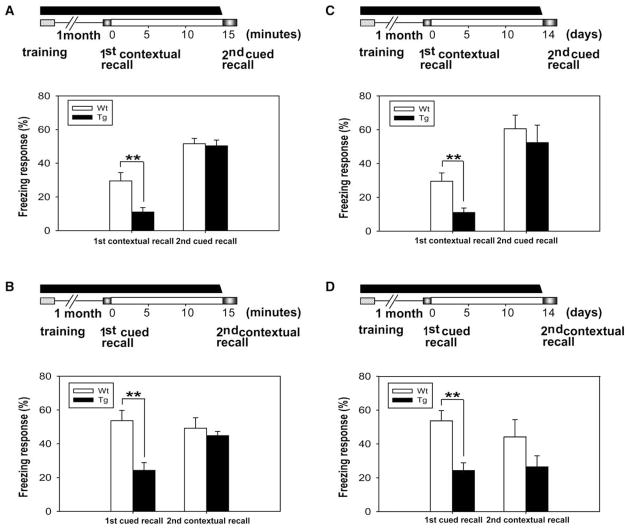Figure 6. Recall-Induced Erasure Was Specific to the Memory Being Actively Retrieved during the CaMKII-F89G Expression.
(A) One month after training, control mice and Tg mice (with elevated CaMKII-F89G during recall) were subjected to the first recall test (contextual recall). Significant deficits in recall contextual memory were observed in Tg mice (n = 25) compared with control mice (n = 19) (p < 0.01). We then split the mice into two groups for measuring their second recall performance (cued recall) using either a 15 min interval or a 2 week interval. As shown, the Tg mice retrieved cued memory normally with 15 min interval (NM-PP1 was injected 15 min prior to the second cued recall test). The number of mice used in the 15 min interval test: Tg, n = 9; WT, n = 8. The number of mice used in the 2 week interval test (see Figure 6C): Tg, n = 16; WT, n = 11.
(B) The identical treatment was introduced to another group of Tg (n = 23) and control mice (n = 18) except that the cued fear memory was first recalled. We then split these mice into two groups for measuring their second recall performance (contextual recall) using either 15 min interval or 2 week interval (see Figure 6D). The Tg mice showed significant deficit in the first cued recall tests compared to the WT mice (P < 0.01). However, the Tg mice can still recall contextual memory normally (with 15 min interval). The number of mice used in the 15 min interval test is: Tg, n = 8; WT, n = 8. The number of mice used in the 2 week interval batch is: Tg, n = 15; n = 10 (see Figure 6D).
(C) Using a 2 week interval between the first (contextual) recall and second (cued) recall, we found that cued memory can still be retrieved normally in the Tg mice.
(D) Under a 2 week interval between the first recall (cued) and second recall (contextual) condition, there is no statistically significant difference between the Tg mice and control group. All values are mean ± SEM. **p < 0.01.

